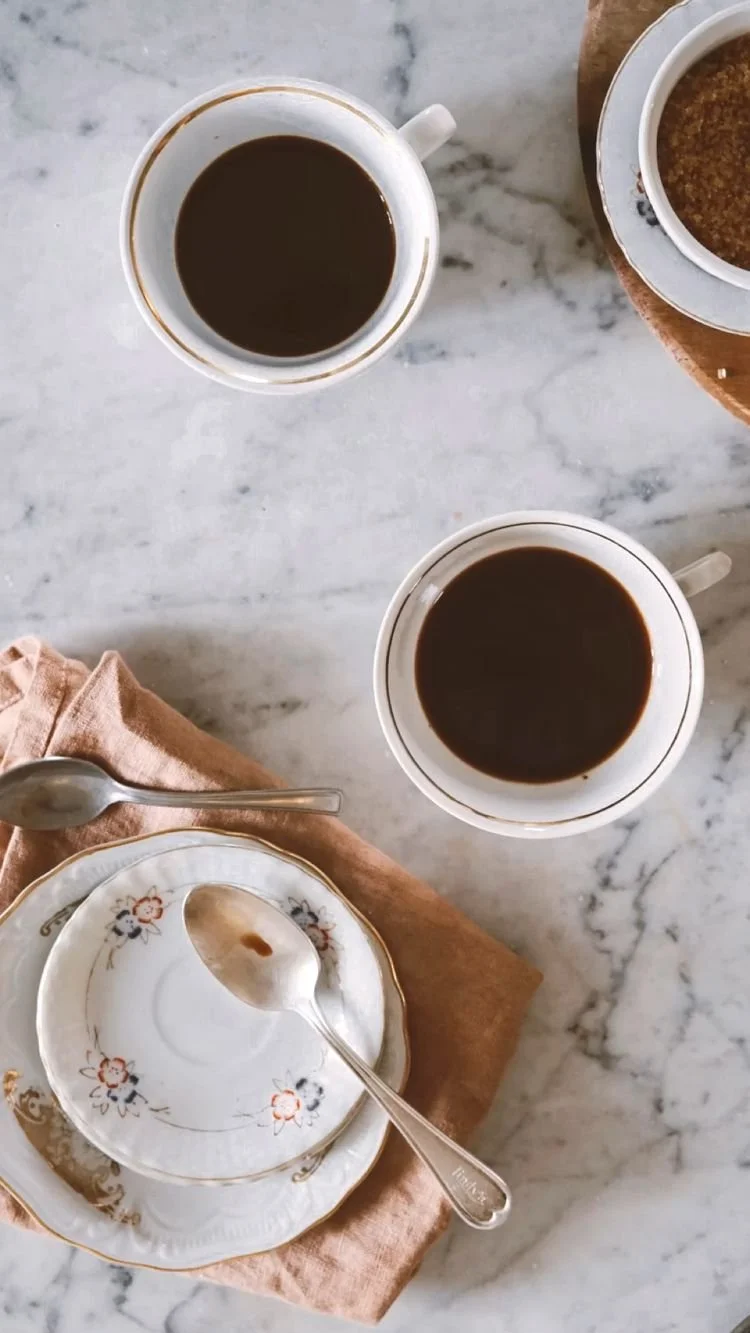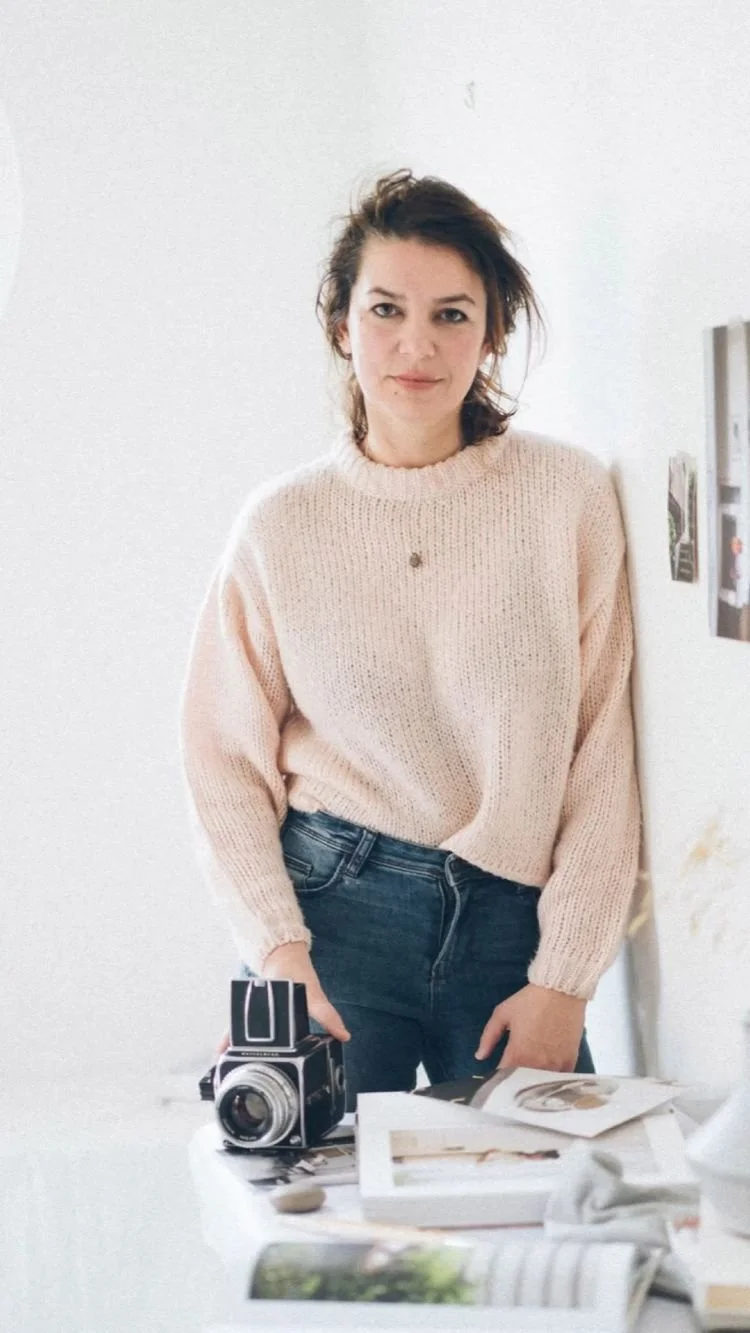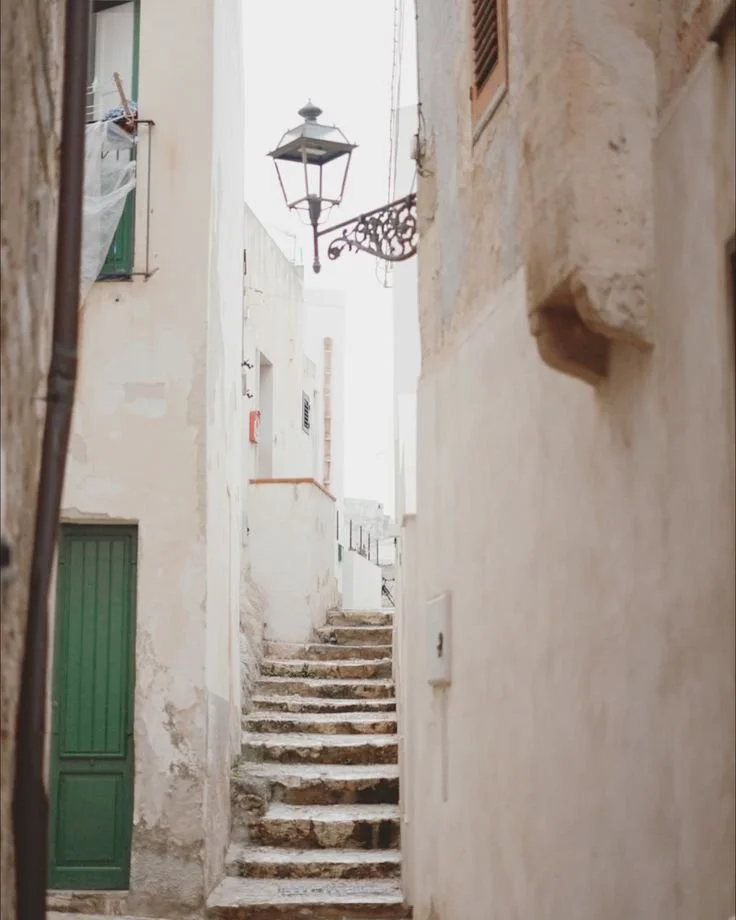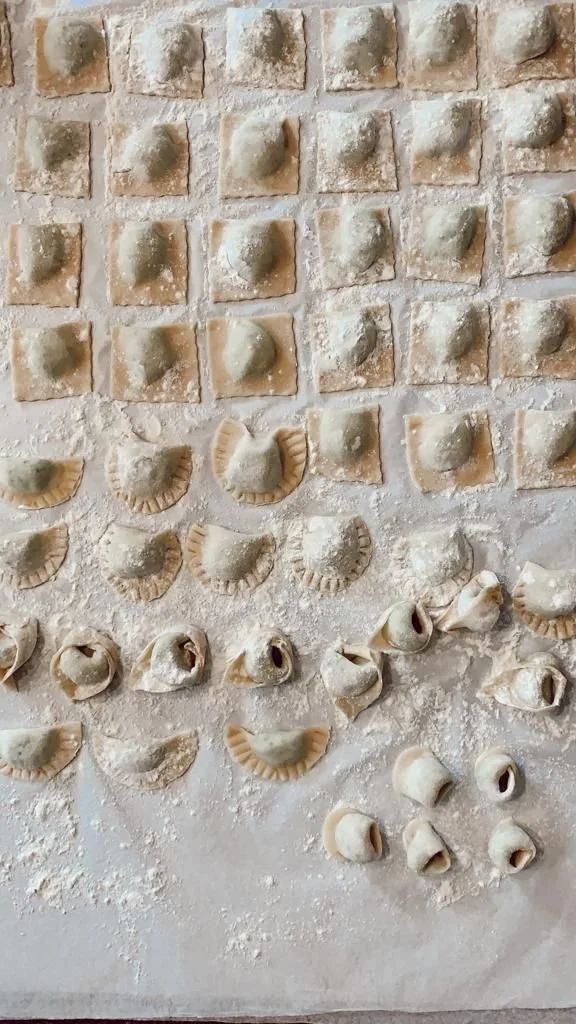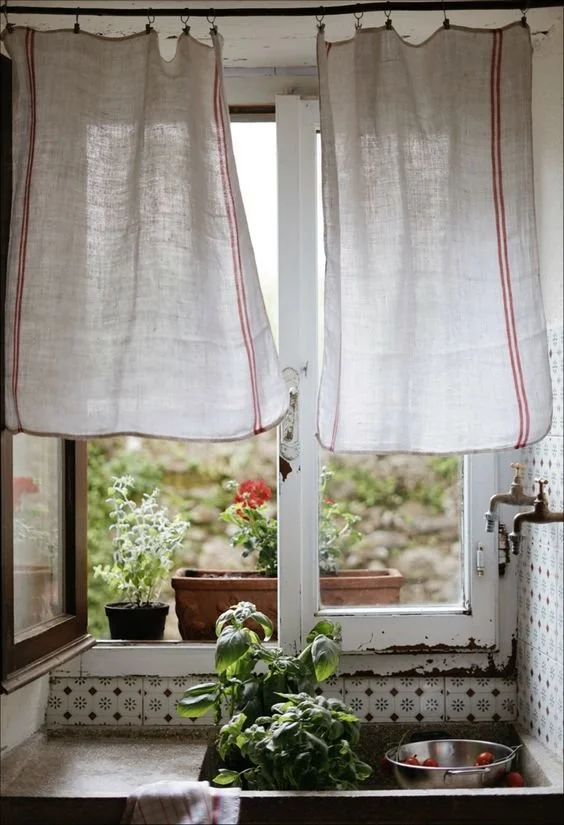Visual Storytelling Series | Catia Lemmi
Catia Lemmi, a photographer, brand stylist, and concept developer based in London, approaches her work from a sensitive and reflective place. She was born in a small, medieval town in the beautiful mountains of Garfaganana, Tuscany, Italy. Fascinatingly enough she also is a clinical psychologist and balances her practice with teaching workshops and brand concept development. Her unique way of capturing the softness of natural light has an introspection quality to it which I find so calming. You can learn more about her work and her retreats here:
I hope you enjoy!
Alanna
What does visual storytelling mean to you?
I love anything that has a deep sense of place and time. I could find this feeling in a very basic scenario, an old street or building, the texture of a piece of paper, a subtle movement of nature, and so on. Anything simple in the every day and anything perfectly authentic can turn me on. I rely on photography as a tool to capture subtle and imperceptible layers of life which unfold naturally in front of me.
When did you start to develop your own style?
Everything started with a sabbatical from London after I established myself as a clinical psychologist. For ten months, I lost myself in the day-to-day rebuilding of my grandparent’s cottage nested in a remote area of the Tuscan mountains. Removed from all distractions, I found myself absorbed in giving new meaning to not only this precious inheritance but to my own life also. Exposing the very bones of this place that had been an enormous part of my Grandparents’ lives was an emotional experience and, in some ways, I felt as though they were with me every day during those months as I worked to create a humble home that would serve as a place to escape and reconnect to my roots.
Do you feel like the style of your work is a “product of your environment/home?”
Yes, definitely. I would say that my style reflects the way I inspire to live in the every day. Our homes are the core of our lives and the places where we can create a world that reflects what we most care about. I deeply value reflective time, and a quiet space becomes vital to foster introspection as well as creativity and to pause the chaos and confusion of everyday living. This is why my stories are about preparing a simple meal from scratch, setting up a table for my family or friends, seeing my girls exploring freely their environment, or creating a space to find that nostalgic simplicity in every moment of the day.
Your work has an unassuming, subtle beauty about it– was that always there from the beginning or did it slowly evolve with you?
I’ve always been drawn to natural beauty, textures, elements, and simplified spaces. I find that there’s calming energy in a space void of clutter and ítems that serve no purpose. Over time, I have appreciated the need for expressions coming from a place of silence and introspection. As such, I strive to only include key elements in my work that inspire or foster connection to a greater meaning. For instance, my houses in Tuscany and in London are filled with nooks for quiet contemplation, such as a comfortable chair by the window and inviting reading corners that beckon you to settle in for a few still moments.
Storytelling is so subjective; everyone has a unique eye and creative voice. How would you suggest new photographers to define theirs without being swayed by new styles or trends?
Creativity is an active process that requires attention and time to flourish. It’s an ever-changing expression and a delicate state with ourselves. The more we grow, the more we experiment with life, the more we feel the urge to express ourselves. I don’t believe in trends in any form or shapes. I believe in finding a unique creative vision to self-expression which goes beyond expected trends. I would invite new photographers to always remain faithful and relate to themself, seek things that inspire them, and open their senses with interesting conversations with inspiring people. Also, to observe what works in the current art/ film/music, design culture and find their answers on why a message inspires to act. Also, to find their phones behind them and open up to their inner worlds and fantasies.
Does sensitivity play a role in your creative process?
I am moved by anything that brings me back into my childhood and bring me closer to the collectiveness of human existence.
What is your favorite type of light to shoot in? (I think I can guess!) And does that carry a specific emotion for you in general?
I love natural and delicate light. There is something gentle that I seem to be drawn to, a delicate way of interacting with my surroundings.
Is writing an equally important part of your creative process?
I would love to dedicate more time to writing and experimenting more with words as life seems to unfold so quickly, especially on social media.
In the creative planning process, do you map out every detail or leave room for spontaneity and play? So much can be said in the composition of photograph; how do you let the scene “live” naturally without it feeling overly styled or contrived?
I appreciate organic compositions, not overly styled. I tend not to control what unfolds naturally right in front of me, even when I work for a client. I pause and immerse myself in the scene. Whether it’s a larger undertaking, such as creating a visual brand from scratch for a client, or the simple gesture of placing a chair by the kitchen window for a quiet moment while the tea is brewing, bringing calmness is a the core experience of my stills and can be the beginning of capturing slower moments in our daily lives.
Lastly, what or who inspires you right now? What are you working on or looking forward to?
Lately, I have been inspired more and more by cinematography, especially the cinematic realism of Eric Rhomer. He seems to have a special feel for the wide open spaces, sandy floors, and bleached walls of summer homes. At the moment, I am exploring new ways of expressing something I have been thinking about for a while and yet to take shape…. It involves travel, simple aspects of living, and rural landscapes.
Looking to learn more? You may also enjoy Tuscan photographer, Valentina Solfrini’s interview too…
